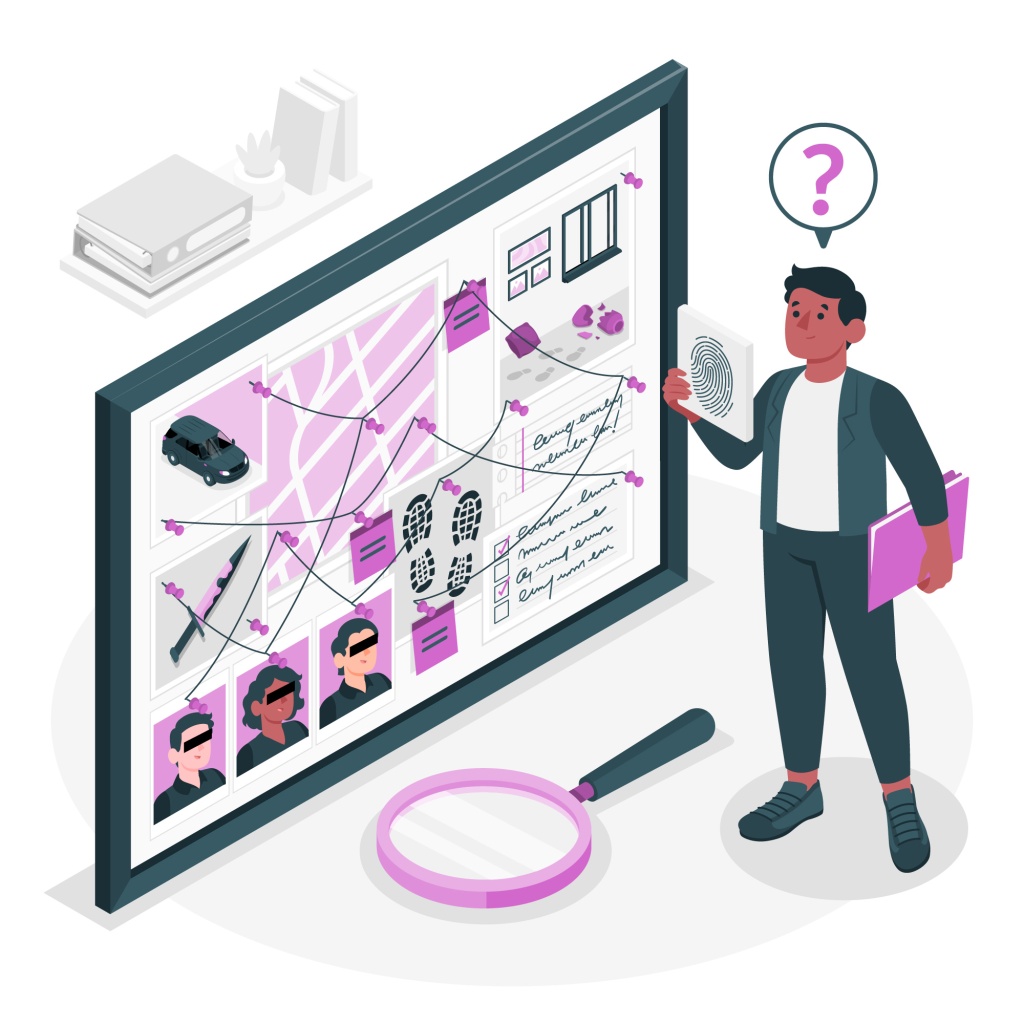As we move into 2024, audio visual production companies will need to stay on top of the latest trends in AV layouts and design if they want to create impactful and engaging presentations. This blog post will explore some of the major trends that are expected to take off over the next two years based on what leading AV designers and production proposal experts are expecting.

Rise of Immersive Environments
One of the biggest trends on the horizon is the rise of truly immersive audio visual environments. As VR and AR technologies continue to advance, expect to see more elaborate multi-screen setups that surround audiences and transport them to virtual worlds. Some key advancements that will enable this include:
Ultra-wide and curved screens: Screens are getting wider and wrapping around rooms to maximize field of view. Expect to see more 180 and even 360-degree video walls.
8K and high dynamic range video: Higher resolution and wider color gamuts on screens will make content more detailed and realistic. This is key for achieving that sense of immersion.
Object-based audio: Rather than general stereo or surround sound, object-based audio tracks individual sound elements and places them precisely in 3D space. This localizes sound and makes environments feel more life-like.
Advanced tracking: Improved motion tracking, inside-out tracking on VR headsets, and other spatial mapping technologies will track people’s movements at low latency for extremely realistic experiences.
As these technologies continue advancing, production designers will have many more tools at their disposal for transporting audiences to virtual worlds through sight and sound alone. Fully immersive multimedia experiences are poised to be a major trend.
Emphasis on Interactivity
Along with immersive environments comes an increased focus on interactivity in audio visual design. Audiences these days expect to actively engage with content, not just passively consume it. Some ways interactivity may be incorporated include:
Touchscreens: Large multi-touch displays can be used for navigation, games, interactive presentations, and more. Integrated directly into video walls.
Gesture control: Advanced motion tracking allows controlling content through gestures and movement instead of traditional buttons or remote controls.
VR/AR applications: Fully interactive 3D environments become possible through head-mounted displays like the Meta Quest 2. Users can manipulate virtual objects.
Audience response: Polling, quizzes, and real-time feedback help engage audiences and personalize experiences based on their inputs and interests.
Internet of things: Integrating with smart devices and sensors in the environment opens new possibilities for interactions that bridge the digital and physical.
The focus shifts from passive audiences to active participants, keeping people engaged through two-way interactions. Proposals will need to highlight interactivity to stay relevant.
Miniaturization of Equipment
Another big trend is the shrinking size of audio visual equipment. Projectors, screens, speakers and other gear are getting smaller without sacrificing quality. This enables more flexible and innovative installation designs. Some examples:
Laser projectors: Incredibly bright, high-res projectors the size of a shoebox can turn any flat surface into a display.
MicroLED screens: Self-emitting displays with incredible contrast ratios are being made at sizes small enough for smartphones or smartwatches.
Smart glasses: AR headsets are getting smaller and more stylish, positioned for everyday use beyond just work or entertainment applications.
Distributed speaker arrays: Discrete, unobtrusive speakers can be placed throughout a space for true object-based surround positioning without need for bulky arrays.
The ability to conceal technology in plain sight or integrate it seamlessly into environments will inspire new types of installations less reliant on traditional equipment layouts. Production teams must explore creative uses of miniaturized tech.
Prioritizing Accessibility and Inclusivity
An important ongoing theme is making audio visual experiences more accessible and inclusive for all. Here are some areas of focus:
Closed captions: Automated captioning is improving, but human captioners may still be needed for complex live events.
Audio description: Narrated details for those who are visually impaired need dedicated planning and resources.
Alternative control methods: Support for additional input devices beyond traditional remote controls, like switches or adaptive accessories.
Design for mobility: Wider paths of travel, seating options, and presentation flows accommodating of wheelchairs or other mobility devices.
Representation matters: Content should portray diversity and include contributors from varied backgrounds.
Training and guidelines: Educating producers and ensuring compliance with accessibility best practices.
With growing awareness, productions must be designed from inception with inclusivity in mind rather than adding accessibility as an afterthought.
Sustainability and Green Practices
The impacts of climate change are driving increased focus on sustainability across all industries. In AV, some goals for greener operations include:
Energy-efficient equipment: Using latest generation lighting, displays and other gear engineered for reduced power consumption.
Renewable power sources: On-site solar, wind or other renewable energy generation to power setups.
Reusable/recyclable materials: Choosing fixtures, housing and other physical elements that can be reused or easily recycled.
Paperless workflow: Transitioning away from excessive printing in favor of digital documentation and signage.
Carbon offset programs: Calculating carbon footprint and offsetting emissions through verified offsetting projects.
As consumers and clients demand green credentials, production proposals showcasing sustainable practices and reduced environmental impact will gain importance.
Conclusion
In conclusion, audio visual designers must keep a close eye on emerging trends in immersive technology, interactivity, miniaturization, accessibility, sustainability and more to develop experiences that delight audiences through sight and sound. Production proposals highlighting innovative uses of the latest trends stand the best chance of capturing clients’ imaginations and securing new business in 2024 and beyond. Adaptability to rapid technological changes will also be important for remaining relevant as new opportunities arise.
Leave a comment